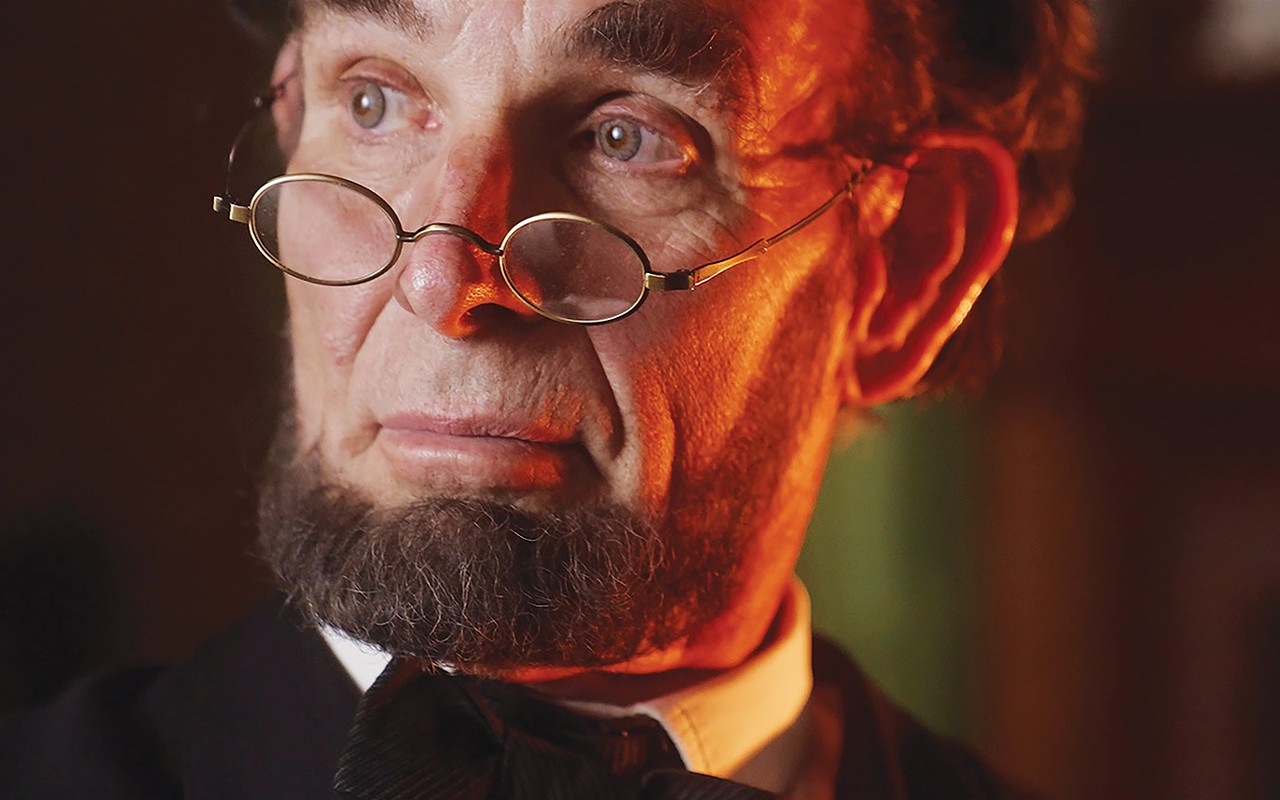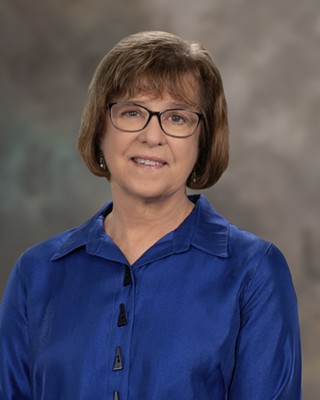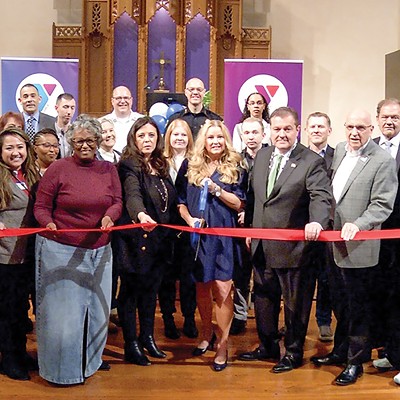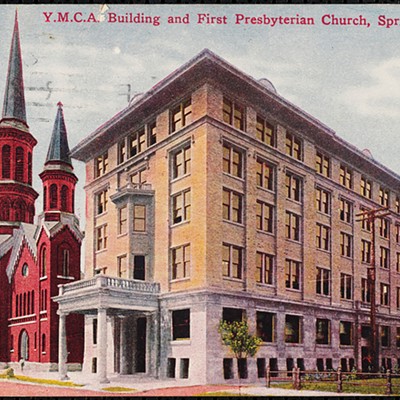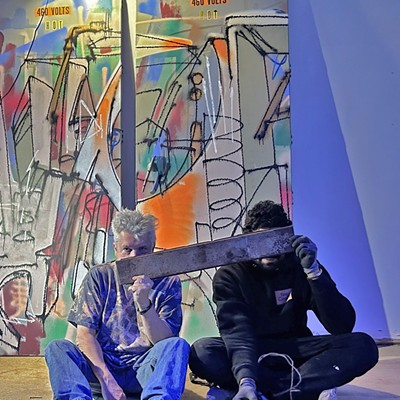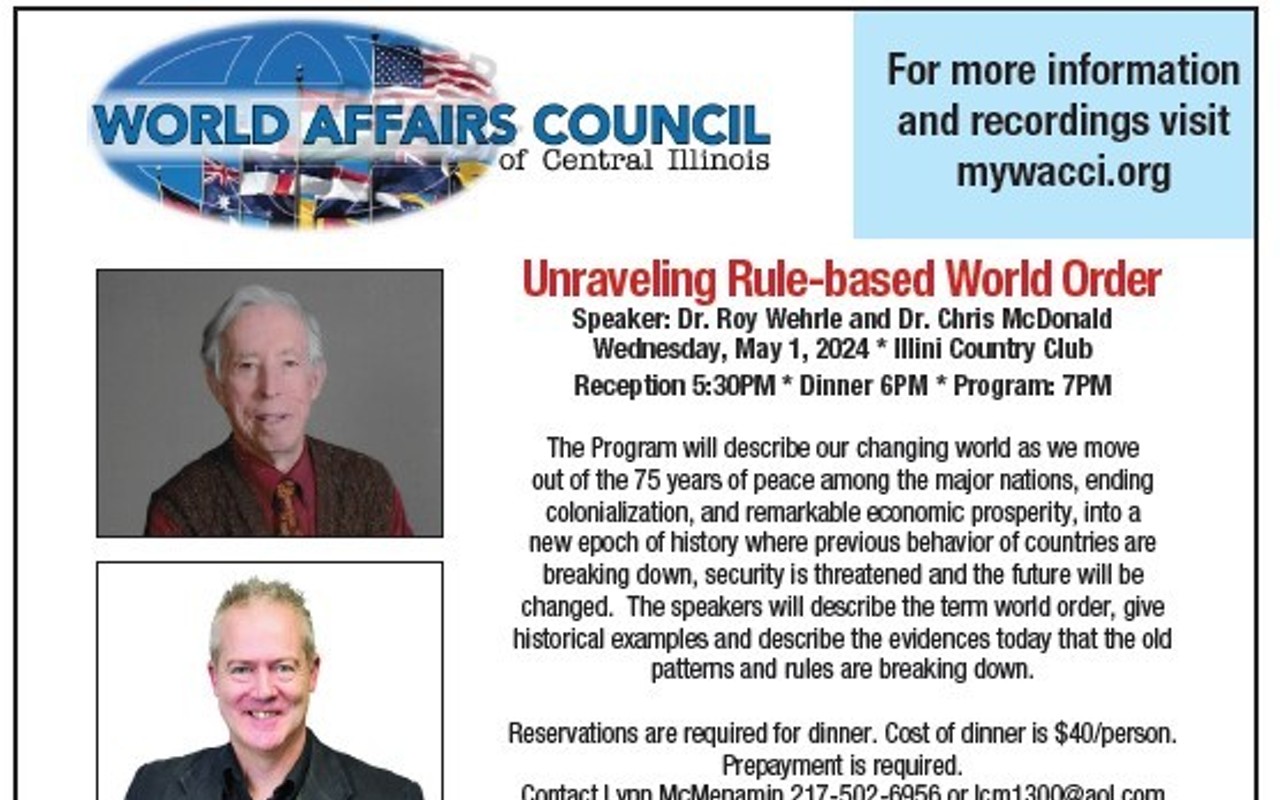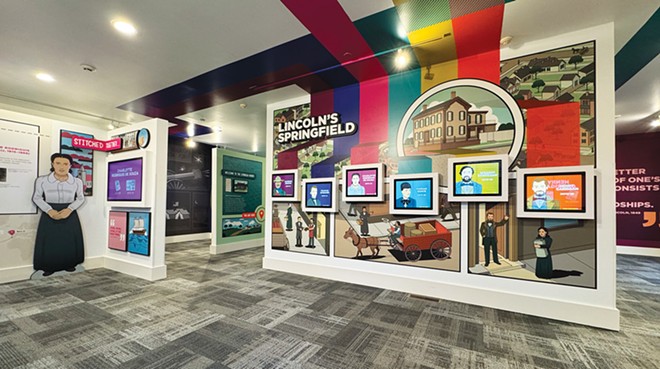
Developing an exhibit targeted at schoolchildren has been in the Lincoln Home National Historic Site master plan for over a decade. "This exhibit never would have been completed if it had to depend on federal funding," said Timothy Good, superintendent of Lincoln Home NHS. The Lincoln Presidential Foundation led the project, hired the exhibit designer and helped secure grant funds to develop pre- and post-visit educational materials. The exhibit was completed for approximately $350,000 in under 18 months.
"Lincoln's Springfield" tells a fuller story of Springfield and in turn Lincoln by featuring six neighbors of varying ages, cultures and occupations. The exhibit provides a more extensive understanding of the great diversity of the area during the 24 years Lincoln lived here, which ultimately shaped his presidency.
The M.G. Nelson Family Foundation helped make the exhibit possible. The Nelson family says it is an honor to be involved. "Our family likes supporting educational projects, and the new exhibit connects kids to Lincoln in an innovative and exciting way that hasn't been done before." Good says this exhibit demonstrates that you can have a sophisticated, engaging exhibit in a small space of only 1,000 square feet and believes this can serve as an example for other NPS sites.
The six individuals featured in the exhibit lived in the vicinity of the Lincoln Home. They are:
Francis Springer, born of German immigrant parents but orphaned at a young age, was a Civil War chaplain and served at Fort Smith in Arkansas. In December 1864, after receiving an order to evacuate, Springer organized transporting approximately 300 refugees, including orphans, from Fort Smith to Springfield.
Jameson Jenkins fled North Carolina in search of better opportunities in free states, ultimately ending up in Springfield, where he raised a family and operated a transport business. Jenkins was a conductor on the underground railroad. He lived a few houses down from Abraham Lincoln and drove Lincoln's carriage to the Great Western Depot where Lincoln departed for the White House in 1861.
Charlotte Rodrigues DeSouza was six years old when she arrived in Springfield in 1849 after her family fled religious persecution of Presbyterians on the island of Madeira. She developed a skill working as a seamstress, and from May-August of 1860 was a seamstress for Mary Lincoln. She worked on dresses that Mary Lincoln wore while entertaining guests during Lincoln's candidacy and while he was president-elect.
Henry Carrigan immigrated to America with his wife in search of better opportunities than in famine-stricken Ireland. Despite the challenges of anti-Catholic and anti-Irish sentiments, within two years of arriving in Springfield, Carrigan was operating a hotel. He ran the Carrigan Hotel from 1842 until his death in 1868.
William Donnegan moved to Springfield in 1845 where he worked as a shoemaker. He was also a successful real estate investor with a comfortable income. He risked a great deal as a conductor on the underground railroad. Years later he was lynched during the 1908 Springfield Race Riot, on the grounds where the Illinois State Museum is now, because of his race and economic success. The riot and his lynching were catalysts for the formation of the NAACP.
Mariah Vance was born to a formerly enslaved mother and lost her father at a young age. As a girl, Vance served as an indentured servant to a white Springfield resident. After her indenture ended, she raised a family while being employed as domestic day help for the Lincoln family. She was held in such high regard by Robert Lincoln that he arranged a pension for her in her old age. – Karen Witter

